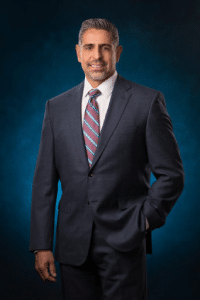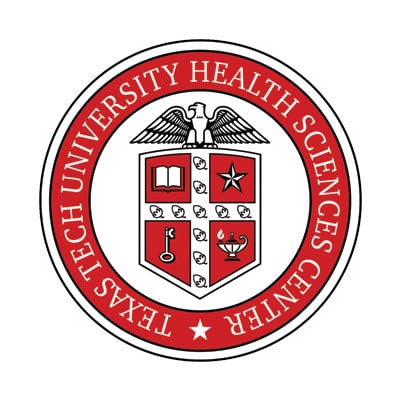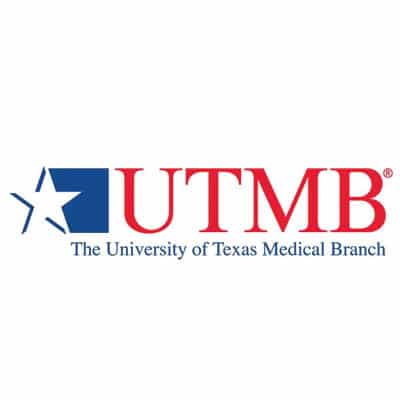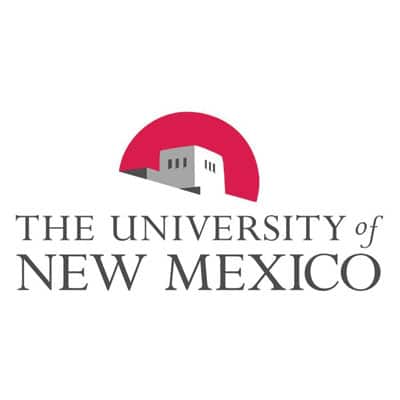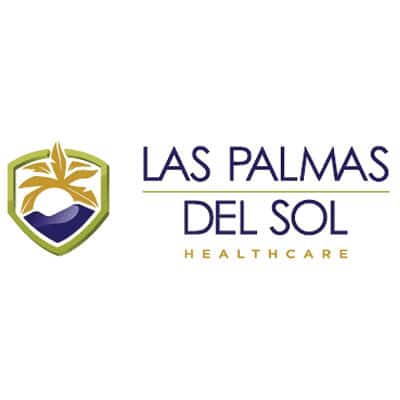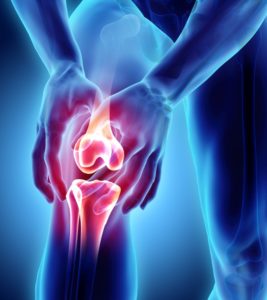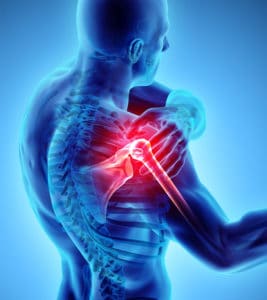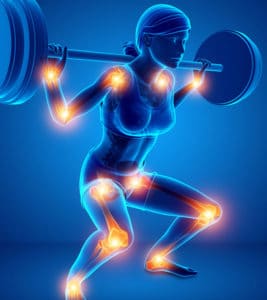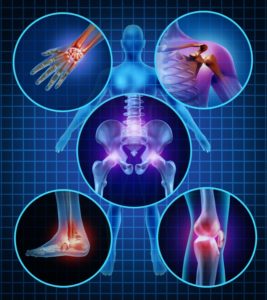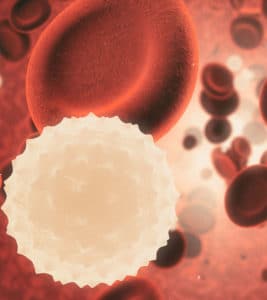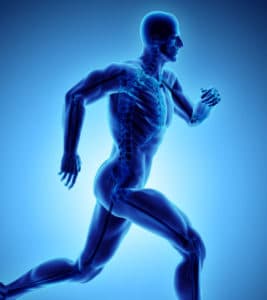Rotator Cuff Repair Rehab
What is a Rotator Cuff Tear?
A rotator cuff tear occurs most commonly in middle aged and older individuals, however it can be found in young athletes as well. The rotator cuff is composed of four muscle-tendons that originate on the shoulder blade and then attach to the head of the humerus to provide shoulder motion. Rotator cuff injuries can occur from trauma such as a fall, from degeneration of a tendon, from repetitive overhead motion of the arm or from sports activities. This typically occurs when the tendon tears off its attachment to the head of the humerus. Several factors can injury the rotator cuff, including:
- Acute injury- Damage due to a fall, lifting a heavy object, sports injury or other traumatic event.
- Chronic overuse- Damage from continuous, repetitive movements involving overhead lifting/reaching with work or sports activities that involve repetitive overhead movements such as throwing or swimming.
- Degeneration- Damage from natural wear and tear associated with aging.
What are Rotator Cuff Tear Symptoms?
- Shoulder pain worse with overhead reaching
- Dull ache deep in the shoulder
- Night pain
- Disrupted sleep
- Weakness and tenderness
- Reduced range of motion
How do you know if you have a Rotator Cuff Tear?
After an acute injury, the onset of rotator cuff symptoms may be immediate. With overuse injuries, the onset of symptoms may occur gradually. Pain can be dull and achy, especially when reaching overhead or during sleep. Weakness may or may not be present. As the tears get larger, weakness typically becomes more common
Dr. Natividad will perform a thorough physical examination to assess shoulder range of motion and strength to include a series of specific physical tests for the shoulder. Other diagnostics such as x-rays and an MRI will also be performed to confirm the diagnosis.
What is the Treatment for a Rotator Cuff Tear?
Treatment for rotator cuff tears depends on many factors to include the size of the tear, type of tear, patient age and patient activity level.
Do you need Surgery for a Rotator Cuff Tear?
Partial thickness rotator cuff tears are initially treated with non-surgical treatments:
- Rest
- Anti-inflammatory medication
- Cortisone injection
- Physical Therapy
What are the Surgical options for a Rotator Cuff Tear? (Single Row vs. Double Row)
For patients that have failed conservative treatment for Partial Thickness rotator cuff tears or those that have Full Thickness tears, Dr. Natividad will discuss the option for ARTHROSCOPIC rotator cuff repair surgery.
Arthroscopic repair entails various surgical techniques depending on the tear configuration, location and tissue quality. Small tears are typically repaired arthroscopically with a heavy suture tape and a Single Row repair. A single row does not recreate the anatomical footprint but is a very effective repair.
Arthroscopic Double Row Speed Bridge suture configuration is used for large tears and has proven to provide the best restoration of the anatomical footprint and compression of the torn tendon. The Double Row arthroscopic procedure is a newer and advanced technique that can be performed due to improved instrumentation, surgeon skill and surgeon comfort level.
While more technically challenging for the surgeon, a Double Row repair creates a more secure repair for the patient who will have an overall better potential for healing of the torn tendon.
Arthroscopic rotator cuff surgery provides numerous benefits to patients
- Less pain
- Less muscle injury
- Decreased post-operative stiffness
- Quicker return to activities
How long does Rotator Cuff Repair Surgery take?
The complexity of the injury determines surgery time however in most cases, an arthroscopic rotator cuff repair takes about 60 to 90 minutes of surgical time.
How long does it take for the Rotator Cuff Repair to heal?
Following rotator cuff surgery, the shoulder will be placed in a sling for 4 – 6 weeks for protection of the repair. During this time passive motion (someone else moving the arm) will be allowed. Active motion (moving the arm by itself) will start after the 4th or 6th week depending on the size of the tear, security of the repair and the quality of the tendon tissue.
After the initial 4 – 6 weeks, patients will begin a program of active motion and strengthening in physical therapy. Dr. Natividad has a specific Rotator Cuff Repair Rehab protocol for your physical therapist. Full recovery with unrestricted activities and sports is typically 3.5 to 5 months. It is very important for patients to follow an appropriate post-operative rehabilitation program to ensure that they have optimal results.

